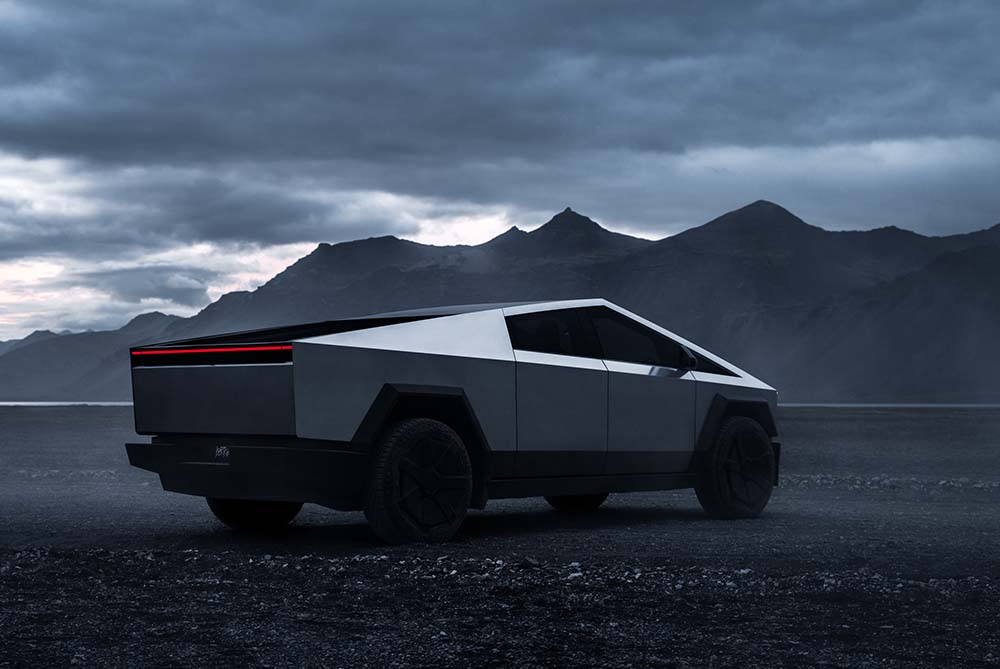George Boulton
July 30, 2024

George Boulton
July 30, 2024

Pickup trucks now feature high-tech features without compromising functionality
Consumers' desire for comfort and technology has transformed truck interiors.
Manufacturers increasingly rely on customer insights to refine and improve their vehicles, ensuring they meet the evolving needs and preferences of the average Joe.
The design process begins with listening to consumer needs.
For instance, feedback indicating a demand for better fuel efficiency has led to the development of lighter materials and more aerodynamic shapes.
The Ford F-150’s transition to an aluminum body is a direct response to consumer desire for better gas mileage without sacrificing durability.

Consumers’ desire for comfort and technology has transformed truck interiors.
In response, manufacturers have incorporated advanced infotainment systems, superior sound insulation and ergonomic seating.
The Tesla Cybertruck is a good example of this with its large 18.5-inch central screen, comfortable seats and high-quality interior finish.

Practicality is another area heavily influenced by feedback.
Truck owners often emphasize the need for versatile storage solutions and easy access to the truck bed.
This feedback has inspired the likes of GMC Sierra’s MultiPro Tailgate and the RamBox Cargo Management System.
These features offer multiple configurations and secure storage options, directly addressing user requirements for added convenience.

Consumers also seek customization options to match their lifestyle needs.
This has led to a variety of trim levels, engine choices and accessory packages.
The Jeep Gladiator, for instance, offers extensive customization with its removable doors and roof, appealing to outdoor enthusiasts who want a unique, personalized vehicle.

As the industry moves forward, ongoing consumer feedback will continue to drive innovation.
Electric trucks, like the Tesla Cybertruck and Rivian R1T, are being developed in direct response to growing environmental concerns and demand for sustainable options.
It’s only upwards from here, people!
